
2020 Floral Hemp Variety Trial Results
6/16/2021 – The results from the 2020 statewide floral hemp variety trial are now available. Note that cannabinoid results …


Extension and research at NC State address timely issues impacting our state. Extension delivers trusted information directly into the hands of farmers and agribusinesses, helping them translate knowledge into solutions that grow our economy and communities.
El inglés es el idioma de control de esta página. En la medida en que haya algún conflicto entre la traducción al inglés y la traducción, el inglés prevalece.
Al hacer clic en el enlace de traducción se activa un servicio de traducción gratuito para convertir la página al español. Al igual que con cualquier traducción por Internet, la conversión no es sensible al contexto y puede que no traduzca el texto en su significado original. NC State Extension no garantiza la exactitud del texto traducido. Por favor, tenga en cuenta que algunas aplicaciones y/o servicios pueden no funcionar como se espera cuando se traducen.
Inglês é o idioma de controle desta página. Na medida que haja algum conflito entre o texto original em Inglês e a tradução, o Inglês prevalece.
Ao clicar no link de tradução, um serviço gratuito de tradução será ativado para converter a página para o Português. Como em qualquer tradução pela internet, a conversão não é sensivel ao contexto e pode não ocorrer a tradução para o significado orginal. O serviço de Extensão da Carolina do Norte (NC State Extension) não garante a exatidão do texto traduzido. Por favor, observe que algumas funções ou serviços podem não funcionar como esperado após a tradução.
English is the controlling language of this page. To the extent there is any conflict between the English text and the translation, English controls.
Clicking on the translation link activates a free translation service to convert the page to Spanish. As with any Internet translation, the conversion is not context-sensitive and may not translate the text to its original meaning. NC State Extension does not guarantee the accuracy of the translated text. Please note that some applications and/or services may not function as expected when translated.
Collapse ▲
6/16/2021 – The results from the 2020 statewide floral hemp variety trial are now available. Note that cannabinoid results …

Recent heavy rains across the state have resulted in invasions of yards and homes by what some might call …

Box tree moth, Cydalima perspectalis, is native to Asia. It was introduced into Europe in 2007 and quickly spread …
5/19/2021 – Greenhouse Product News’ 2021 Guide to Hemp Production includes an article I wrote that summarizes the requirements …

Don’t Miss Out on These Presentations With Vital Information For the Pork Industry It has been several years since we …

Calico scale, Eulecanium cerasorum, was accidentally introduced to California from Asia in the 1920s. It has now become established …
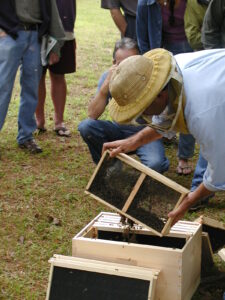
Springtime for beekeepers is synonymous with starting new colonies, especially since annual losses have been hovering ~40% every year so …
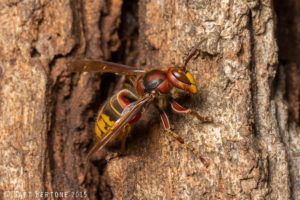
Last year, there was a lot of media buzz (no pun intended) surrounding the introduction of Asian giant hornets …
3/30/2021 – The USDA has announced a new initiative called Pandemic Assistance for Producers, for those who have been …

3/29/2021 – Here are links to the videos from the 2021 Western North Carolina Hemp Grower Meeting held via …
3/26/2021 – The USDA has provided a pre-recorded webinar which reviews the requirements of the Domestic Hemp Production Final …

Higher Corn Populations? Where is the Industry Headed? In this video, Area Agent, Tim Hambrick, discusses why higher populations are …
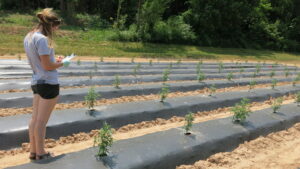
Updated on 11/6/2024 – Growers can go to Kelly Solutions to search for products registered in North Carolina. There …

3/8/2021 – Today the USDA announced they have completed their review and are moving forward with the Final Rule …

The School of Aquaculture and Aquatics Sciences at Kentucky State University has just released: Aquaponics Production Manual: A Practical …
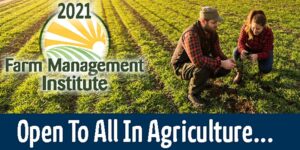
The Farm Credit Knowledge Center announced their annual and highly-anticipated Farm Management Institute will be offered in a virtual …
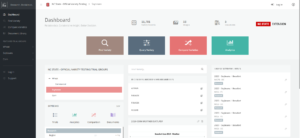
On January 28, 2021, the North Carolina OVT program held a virtual webinar going over an introduction to the …

1/25/2021 – Dr. David Suchoff and graduate student Maggie Short have just published a research summary of the nitrogen …

1/25/2021 – The Western North Carolina Hemp Growers meeting will be held via Zoom on February 17, 2021, starting …

In order to answer this question two or three years of research isn’t enough. This video discusses soil health …
Including sloped screens for solid-liquid manure separation can have positive impacts on manure management systems …
Screw press separators can divide a single by-product stream into a solid and liquid stream …
This factsheet summarizes key technologies used to produce pellets from animal manures and the impact …
Manure is among the lowest methane yielding feedstocks in digesters, but it is widely used …

Grapevines require 16 essential nutrients for normal growth and development (Table 9.1). Carbon, hydrogen, and …
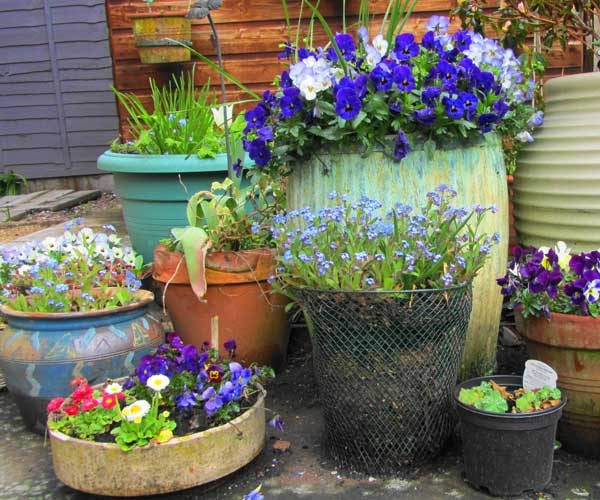
In this publication you will find ideas to get you started growing your own edibles. …
A Farmers’ Market Tour is a great way to introduce your program participants to an …
